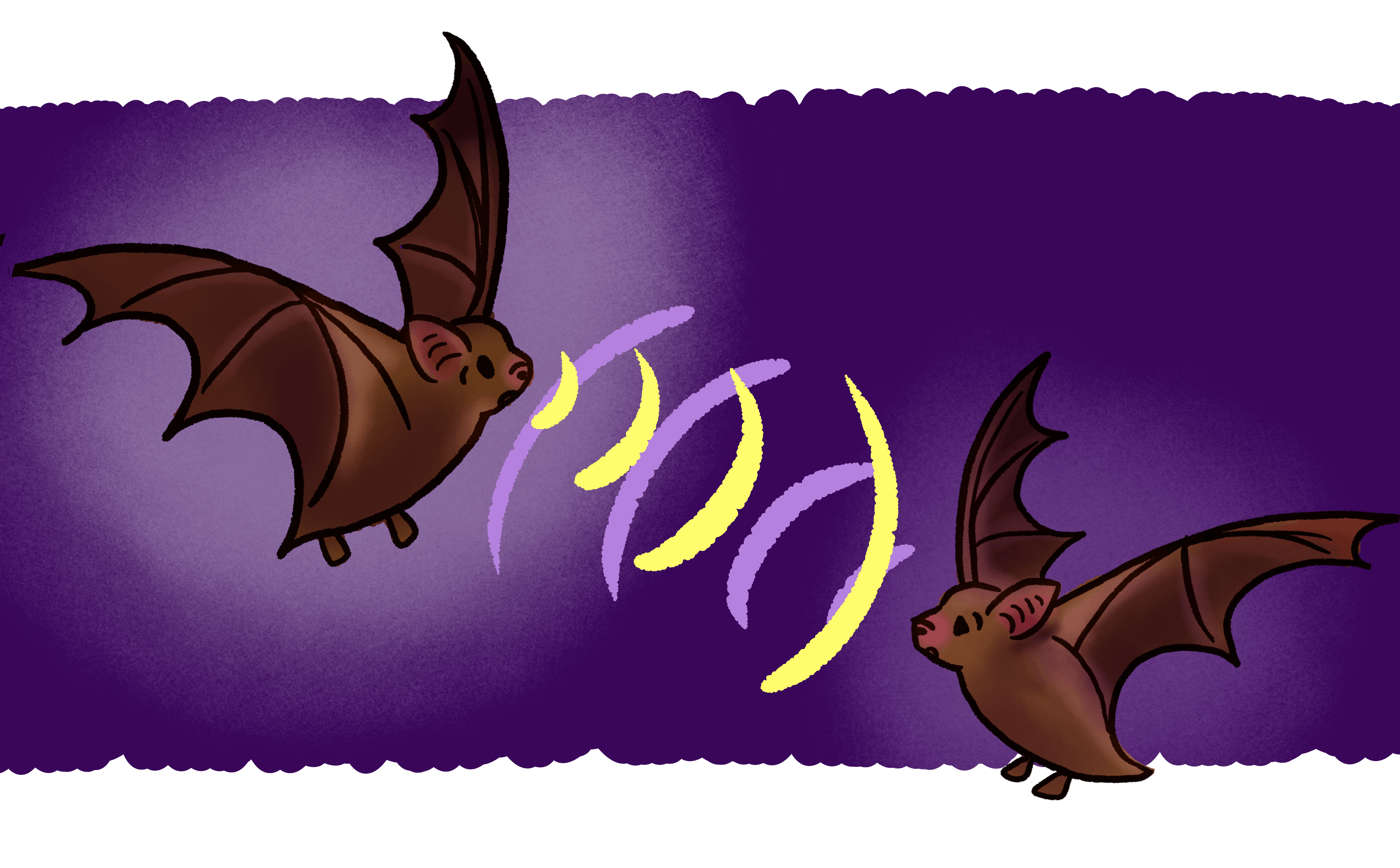Believe it or not, Batman was not the first winged creature to use echolocation to hunt down his prey — ancestors of the modern bat began using echolocation, the process in which objects are located by reflected sound, between 65 million and 85 million years ago.
John Ratcliffe, an Assistant Professor of Biology at UTM, and his team used molecular phylogeny techniques to decode the evolution of echolocation in bats, reconstructing our perspective on how and why these creatures came to be sonar crusaders of the night.
Their study, recently published in Nature Communications, has built on an existing phylogenetic study to reveal that bats evolved advanced biosonar capabilities through ancient tradeoffs between vision and echolocation.
Bats are the second largest order of mammals in the world, with more than 1,300 species. The bulk of these species are carnivorous and nocturnal, hunting small insects in the night using echolocation.
The researchers used phylogenetic comparative methods to understand evolutionary relationships between sensory systems, neuroanatomy, and morphology in bats. The results of the study indicate that ancestral bats possessed insufficient visual capabilities to hunt small prey at night but had the neuroanatomical potential to echolocate. This proved that there was a pre-existing opportunity for echolocation to flourish into an advanced sensory system in future descendants.
Evolutionarily, bats have continuously exhibited processes of behavioural tradeoff: species with poor echolocation abilities tend to have better visual resolution, and vice versa.
They further found that modern bats that use echolocation of the weakest frequency had the best vision out of those in all other sensory frequency groups, demonstrating that this tradeoff can function in either direction. The non-echolocating pteropodid is an example of a family with this tradeoff.
Surprisingly, the pteropodids have auditory brain regions the same size as echolocators. This vestige confirmed that bats from this family were once capable of echolocating but have since lost the trait. This is in contrast to the alternative scenario that proposes they evolved independently of echolocators — instead they are descendants of the same group.
This study not only answers questions about the evolution of a key trait of one of the most diverse mammals in the world, but it also cements the importance of phylogenetic research.
“It’s like replaying the video of evolution under different scenarios,” said Jeneni Thiagavel, the primary author of the paper, who has been working in this area of research for the past four years. “That essentially gives users [of these comparative methods] the power to reconstruct what that was like.”


